Ireland has undergone tumultuous social change in the past three decades. The queer creatives who have come of age during this period are seeking to change the narrative when it comes to documenting LGBTQI lives.
The nineties were punctuated by a slew of queer pop culture moments that are still referenced today for their bolshy, unashamed arrival into the mainstream. KD Lang and Cindy Crawford indulged in a homoerotic barber shop sitting on the cover of Vanity Fair; talk show queen Ellen came out live on TV, and even the soaps, that most pedestrian of pop culture institutions, featured the first gay character and lesbian kiss on Brookside in 1994.
These iconic moments gave the impression that queerness was slowly but surely creeping from the fringes into a suburban sort of conventionality, but real life for LGBTQI people was far from that. In Ireland, still a social conservative country in the hedonistic nineties, homosexuality was only decriminalised in 1993. The Catholic church had an iron grip on many institutions (and indeed, still does) including the public school system and many hospitals.
Conservative and liberal ideology would continue to clash for the next few decades, culminating in the 2015 referendum that brought in same-sex marriage, and the 2018 one that legalised abortion. It was against this backdrop of seismic social change that a generation of queer kids were brought up, sort of as changelings of the Old and New Ireland. Now in their twenties, Gen Z and young Millennial creatives have a particular viewpoint of how they want to document and express the experiences of LGBTQI people.
Donal Talbot, 25, is a model-turned-photographer whose work has featured in publications including i-D and The Face. Most recently his portraits were chosen by Benjamin Wolberg for his latest book, new queer photography, which showcases work from breakout and established queer photographers from around the world.
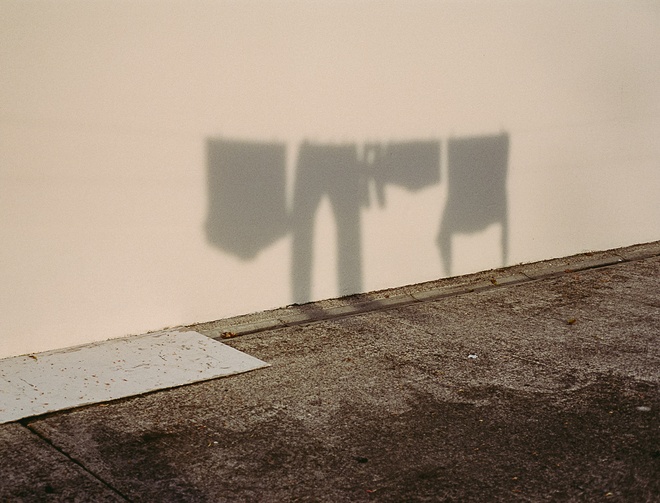
“My work tends to challenge how we, as a culture, see things like intimacy and queerness, and how those things correlate. There’s a softness and stillness that I try to capture in my portraits that aims to rewrite a narrative about how queer people communicate and interact with each other,” Donal says.
“I find a lot of inspiration from meeting people in gay bars and queer spaces but I’m interested in seeing what happens past that; the still moments of capturing someone after the lights go down in the club, or the day after a party in someone’s house.”
The photographer studied at Ireland’s foremost art school, the National College of Art and Design in Dublin, and it was in his final year that he found his medium.
“For my final project I knew I wanted to do work around queer narratives, but I didn’t have an idea of how to do that. I was in drag going to a boxing ring, then I started to take pictures and realised that was what I like. The project came together in the last two months and it was a portrait series of around ten different LGBT and queer people I had met. I photographed and interviewed them and that springboarded me into the art I make today.”
Eoin Greally is a 23-year-old from rural Ireland who has already carved out an impressive career in fashion and portraiture photography. While back in the family home during lockdown, the young photographer began working piecemeal on a project that has evolved into a cathartic reflection of his own journey as a young queer person. His rural upbringing, once something that he feared, has given him a unique perspective on how he has evolved both creatively and personally.
“At first I didn’t know it was going to be a project, they were images I was simply collecting. It’s a lot of portraiture, and also trying to capture the essence of my home. There’s that idea when people ask, are you going home, or are you going ‘home home’?” he explains.
“Now I’m piecing together the images I have realised there is a huge queer perspective but it’s not the typical gay male perspective from a gay mecca like New York. It’s all about a place I was afraid of growing up. I was in rural Ireland and I was afraid of being queer.”
“I was lucky, I always had support from my family about being queer but it still came with its discomfort. A lot of the focus is on my dad – he’s my favourite person to photograph, but also because he was the only person I was afraid of disappointing by being queer. I never received that sentiment from him, it was totally coming from what I thought I had to be afraid of. This project definitely has helped getting rid of some of that discomfort. It was something I largely put there myself, and now I’ve been able to take it away but it needed time. It’s been a healing project.”
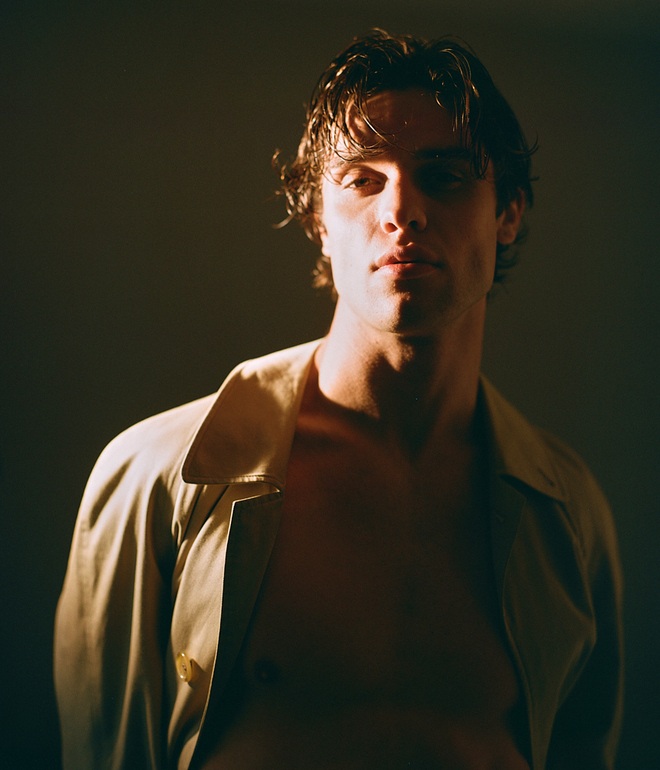
Eoin Greally for MenStyle Brazil cover story, Jan 2021 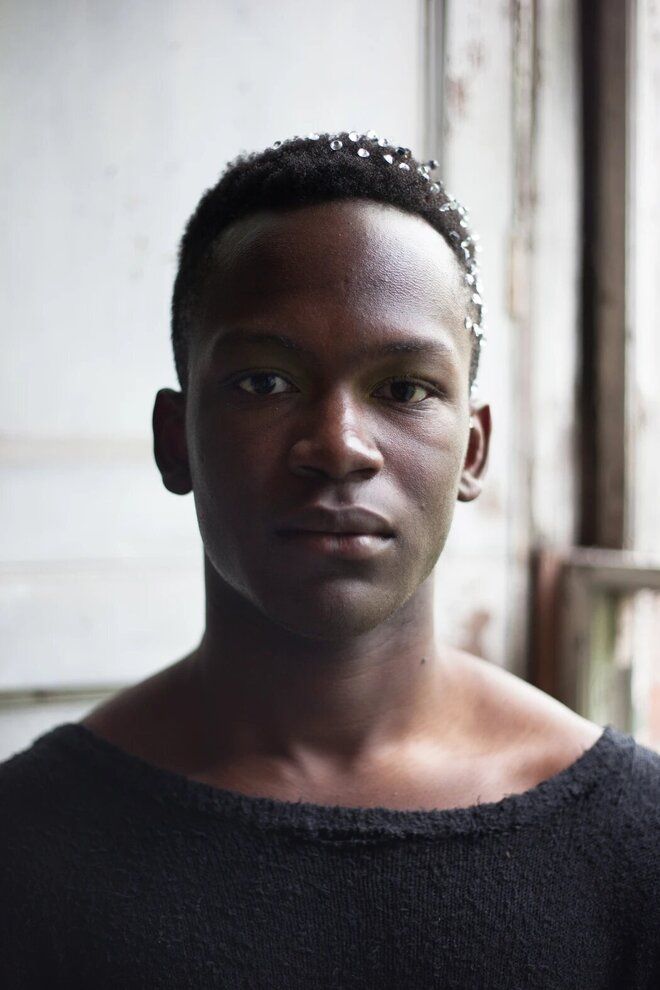
Oluwafeyitimi, photographed by Donal Talbot
While lockdown has given rise to a lot of creative output, it has also stalled many planned projects and events. 22-year-old photographer and sociology student Niamh Barry was on the cusp of launching her exhibition, ‘Queer Hearts of Dublin’ last October until yet another lockdown was announced. The exhibition is a range of portraits of queer people Niamh met mostly through a casting call on Instagram, with the aim of documenting as diverse a group as possible; “It was about reconnecting to my queer community but also so that people knew it wasn’t just a white male perspective (of queerness). The image is different to what people think. I wanted to collaborate with people who wanted to tell their story but it was also intersectional- it was a new narrative but yet one that’s always been there,” she says.
“I reached out people on Instagram and that’s how I met one of my subjects, Mimi. Her story was really interesting. She is a black queer woman and hearing her experience was amazing. She’s two years younger than me but so confident; I was almost surprised by her confidence in those moments because at the same time she was telling how hard it was to grow up where she lives, which is a small country town, very inward looking.”
“She told what it’s like growing up as a black woman in Ireland and what it’s like to not really have representation, especially also being queer. That experience made me realise that this type of story is not being told in Ireland.”
The resulting portraits are intimate and raw, quietly communicating what it means to be queer and young and living in Ireland at this moment in time. It’s a sentiment that Eoin echoes when considering his next chapter in his work.
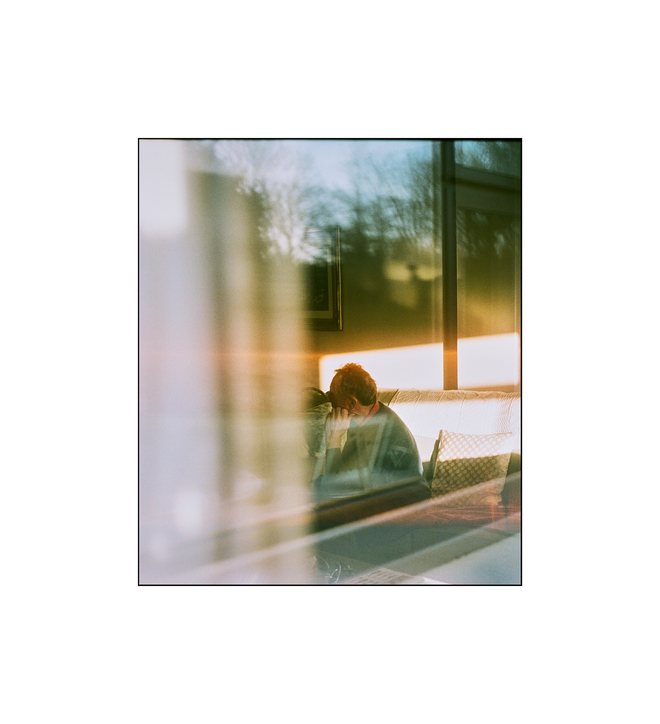
“I have realised my privilege within the queer community – I am a white, queer, cis gay male. I don’t by any means think that’s a bad thing but being a photographer gives me an opportunity to uplift other sides of the queer community that didn’t always get the limelight.
“What’s important to me now is focussing on the groups in the queer community that don’t always get the opportunity to speak. It’s still a work in progress, but that’s what I want to dedicate my time to now.”
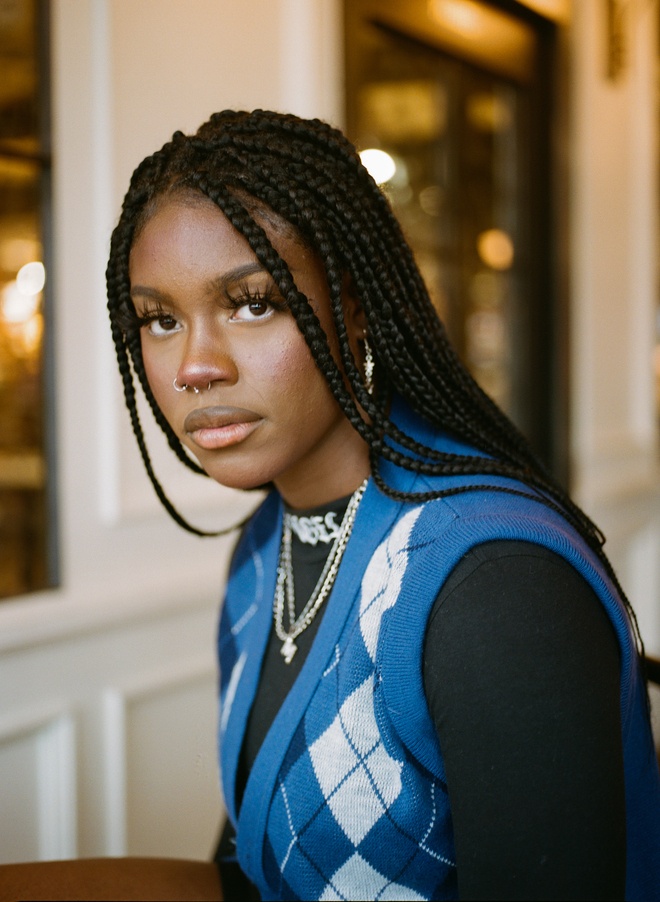
Queer Hearts of Dublin – Mimi – Photo by Niamh Barry 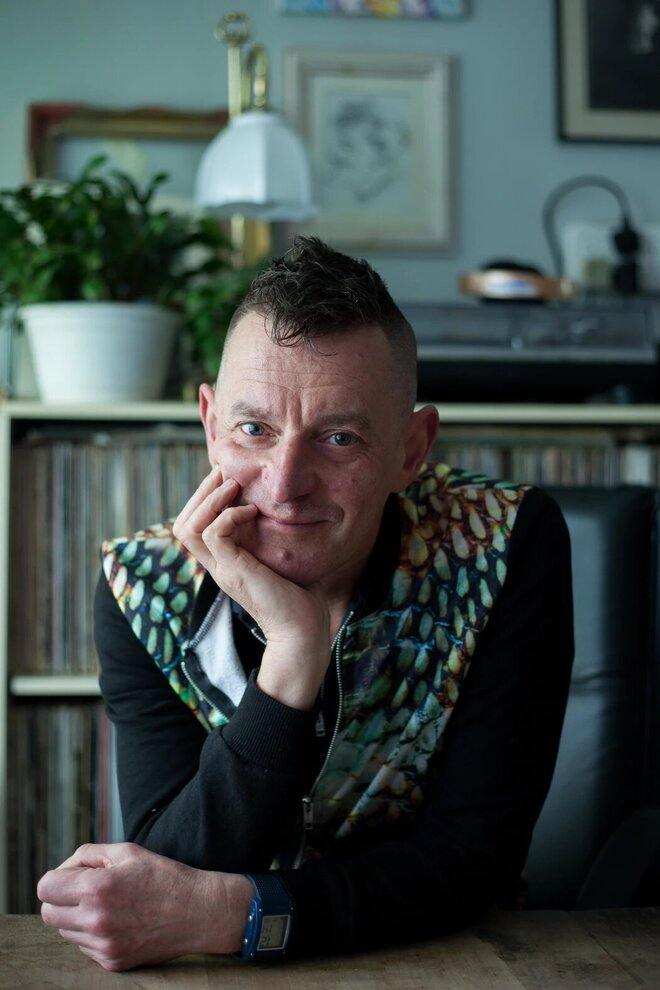
Tonie Walsh, photographed by Donal Talbot
Header image credits: Ming and their significant other Aisling, photographed by Niamh Barry
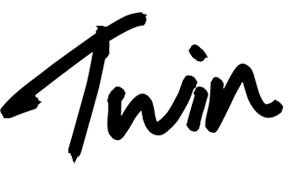
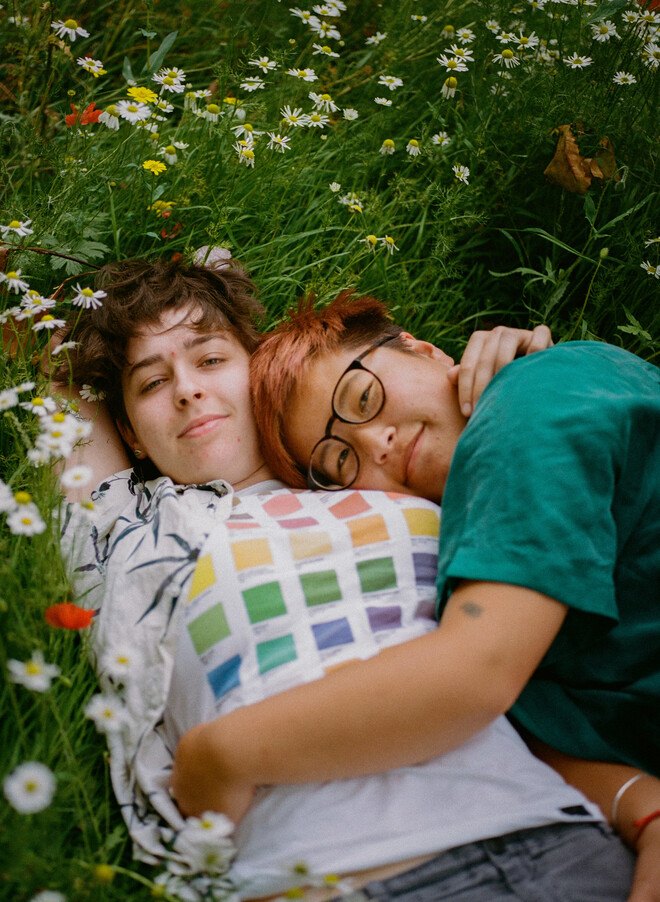
 PREVIOUS
PREVIOUS

 Twitter
Twitter
 Tumblr
Tumblr
 YouTube
YouTube
 Facebook
Facebook
 Instagram
Instagram
